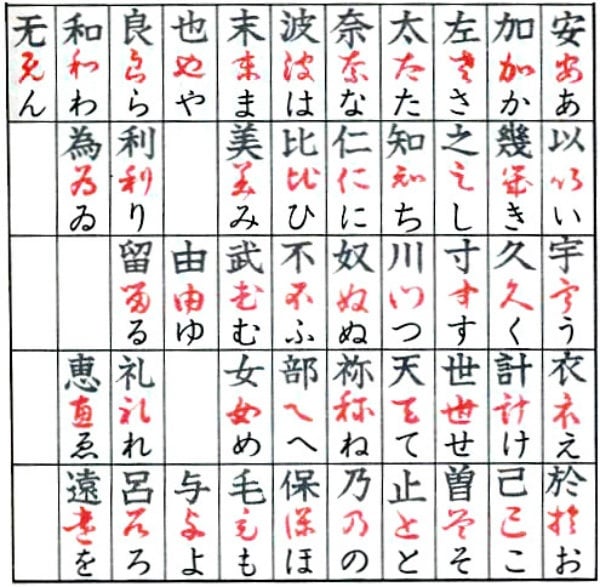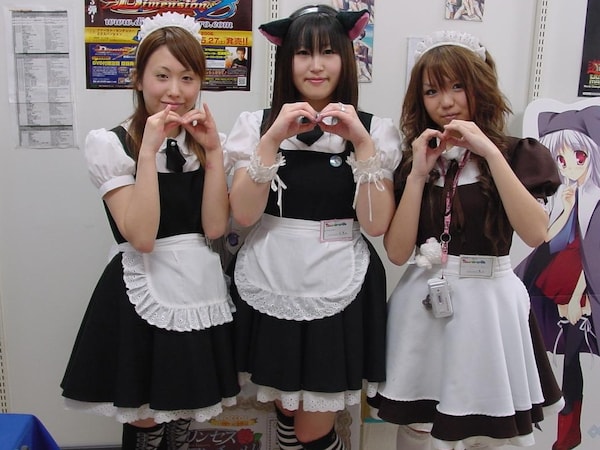Intro to the Japanese Writing System: Katakana

Recently, we started taking a look at the question of why the Japanese language needs three sets of written characters. But before we dive into the third and final writing system, let's quickly recap first.

https://en.wiktionary.org/wiki/%E4%B8%87%E8%91%89%E4%BB%AE%E5%90%8D#/media/File:Hiragana_origin.jpg
We saw that kanji (complex characters that originated in China) are used to symbolize a term or concept, while hiragana (simpler, indigenous Japanese characters) represent sounds and provide extra context and grammatical information.
Fun fact: Both katakana and hiragana were evolved from kanji characters, as you can see (for hiragana) in the picture above. The more complex characters in black are kanji which then evolved to the red manyogana characters that paved the way for the simple black hiragana characters.
https://commons.wikimedia.org/wiki/File:A_small_cup_of_coffee.JPG
Now, aside from hiragana, there’s also katakana, yet another group of 46 low-stroke-count characters used for writing things phonetically. Specifically, katakana get used for writing foreign loanwords.
But wait: We don’t need a whole new set of letters to write foreign loanwords in English. What makes things different in Japanese?
Let’s dive into the answer, and since it’s going to take a while to explain, go ahead and pour yourself a cup of coffee. Which, incidentally, is written with katakana as コーヒー.

https://commons.wikimedia.org/wiki/File:Joyo.png
As mentioned last time, there are two huge advantages to using a mix of kanji and hiragana. There’s an extremely limited number of sounds available in the Japanese language, which results in many Japanese words having the same pronunciation but wildly different meanings, and the conceptual meanings kanji possess help to avoid confusion. Second, since Japanese is written with no spaces between words, using kanji for vocabulary and kana for grammar (to put things in broad terms) makes it easy to see the components of a sentence.
http://en.rocketnews24.com/2016/05/20/why-does-japanese-writing-need-three-different-sets-of-characters-part-2/
The sentence above reads: “Watashi ha kuruma wo mita,“ or “I saw the car,” with kanji (i.e. vocabulary) written in red and hiragana (i.e. grammar) in blue.
But that limited number of sounds means most foreign words can’t be properly rendered in written Japanese, which threatens to give the language even more homonyms. For example, let’s say we wanted to talk about a maid, of the maid café variety. Since Japanese syllables can’t end in a “D” sound, “maid” becomes meido (pronounced close to “maid-o”).

https://commons.wikimedia.org/wiki/File:Three_japanese_maids.jpg
If we want to write meido in Japanese, it seems like the obvious thing to do is to write it in simple, phonetic hiragana. Technically, we could do that, and it would look like this:
http://en.rocketnews24.com/2016/05/20/why-does-japanese-writing-need-three-different-sets-of-characters-part-2/
But this would make things confusing once we combined it with other words. Since hiragana is most commonly used for grammatical modifications, using it for a whole noun like “maid” can make it hard to see the breakdown of ideas in a sentence. Remember how easy it was to spot the breaks in ”Watashi ha kuruma wo mita”/”I saw the car?” Look what happens when we replace the kanji for kuruma/car, 車, with meido, written all in hiragana (once again with kanji in red and hiragana in blue), to try to write ”Watashi ha meido wo mita”/”I saw the maid.”



